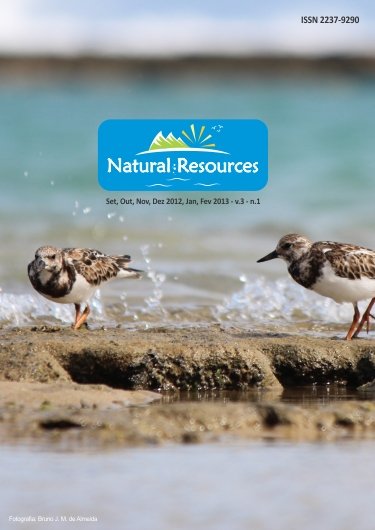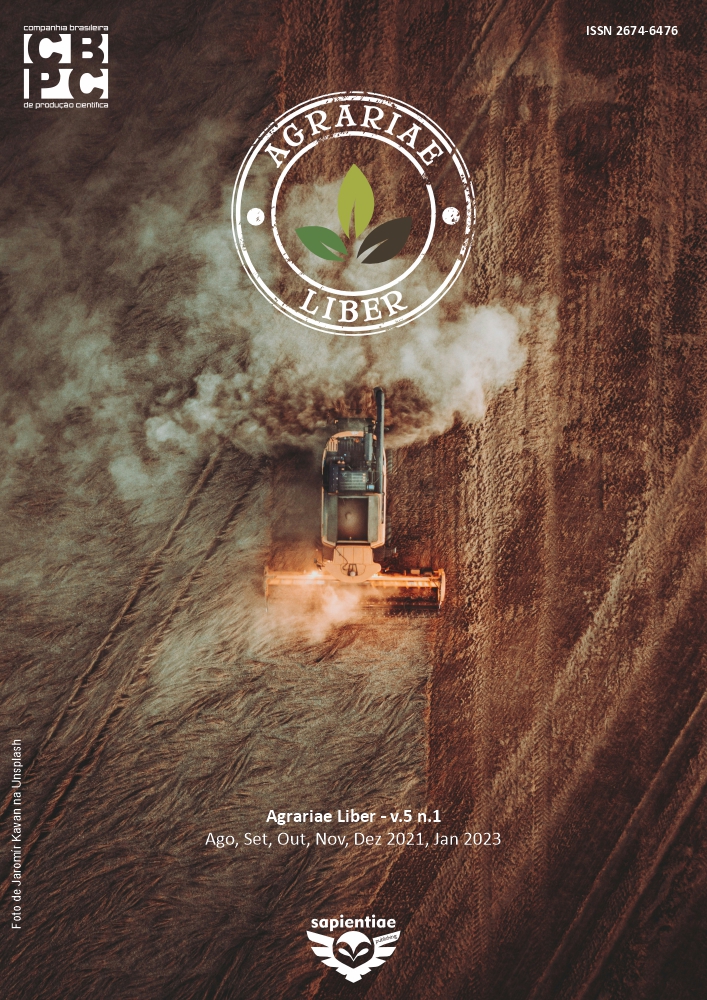What do local fishermen from the mid Solimões river think about the giant river otter?
DOI:
https://doi.org/10.6008/ESS2237-9290.2013.001.0004Keywords:
Pteronura brasiliensis, Interaction, Fishing Activity, AmazonasAbstract
The giant river otter is a mustelid that uses different habitats in tropical forests and flooded areas of South America. In the past the species suffered heavy hunting pressure, due to the commercial value of its pelt, and nowadays is considered threatened by anthropogenic factors, such as negative interaction with fishing activities. The objective of this work was to analyze the perception of local fishermen in the town of Tefé, Amazonas (Brazil), generating information on possible threats to the species in the area. Fishermen point to the species as a competitor for food and responsible for damages to fishing gear, which causes a negative perception among humans towards the animal. An investigation of this relationship was conducted in Tefé, mid-Solimões river, where one-hundred fishermen were interviewed. Thirty-one percent (n = 31) of the interviewees declared giant river otters damage fishing nets and cause fish schools to flee. Among those who witnessed or had second-hand information on behaviors characteristic of the species, 22% (n = 22) interpreted them as offspring or territorial defense, or an attempt at attack. In the past, 23% (n = 23) of the interviewees practiced hunting activities, aiming the pelt trade and, secondarily, as an item of house decoration, or basic material to build a musical instrument. Information generated may contribute to the elaboration of an environmental education policy, aiming at avoiding future impacts to the giant otters due to lack of information, or misinformation by the local human population.Downloads
Downloads
Published
Issue
Section
License
The CBPC - Companhia Brasileira de Produção Científica (Brazil CNPJ: 11.221.422/0001-03) the material rights of the published works. The rights relate to the publication of the work anywhere in the world, including rights to renewals, expansions and dissemination of the contribution, as well as other subsidiary rights. All electronically published works may subsequently be published in printed collections under the coordination of this company and / or its partners. The authors preserve the copyright, but are not allowed to publish the contribution in another medium, printed or digital, in Portuguese or in translation.








